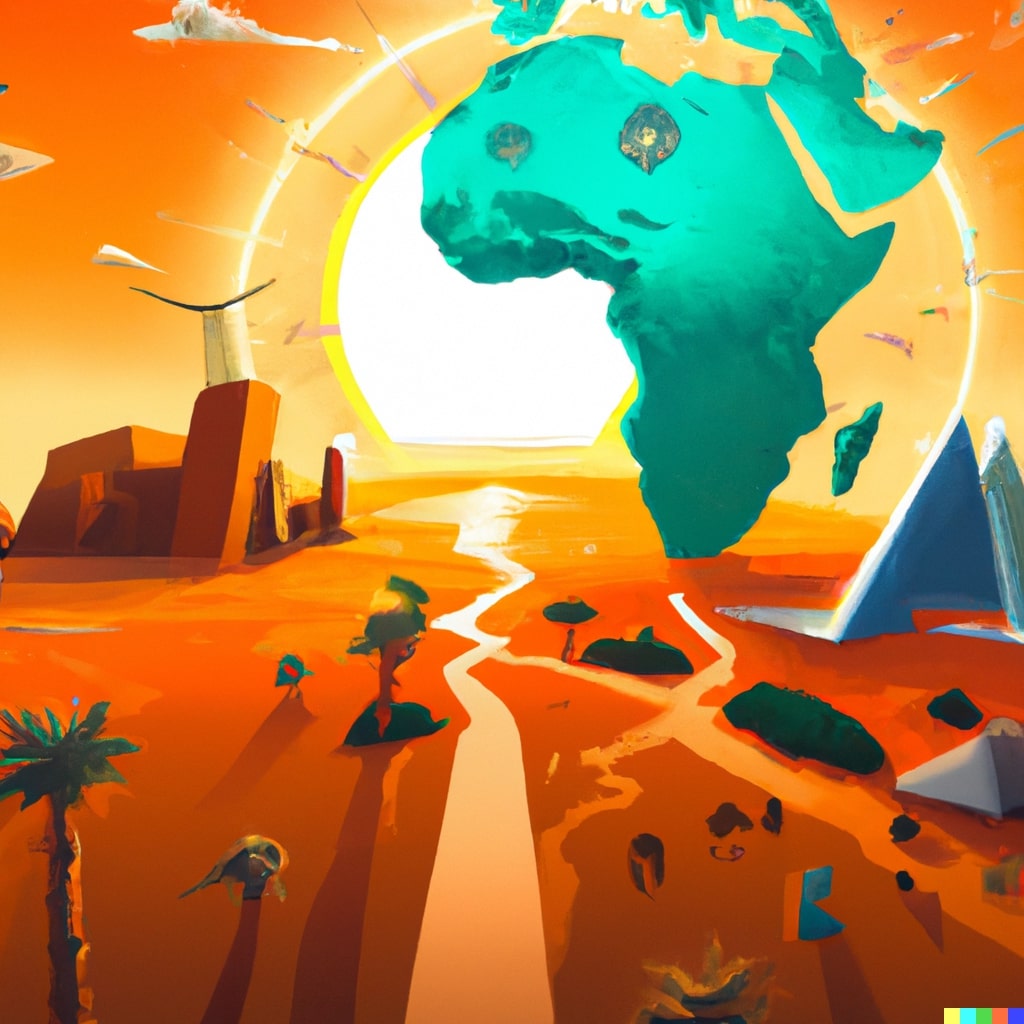International distribution requires global brands and concepts
Forty years ago only large corporations could create 'global brands', so there was a very small number and they were in the hands of companies like Coca-Cola, PepsiCo, Colgate-Palmolive, IBM, and Shell. Currently, the fall of international trade barriers and the Internet have contributed to small and medium-sized companies being able to compete globally.
In the last then years, doing business globally has become one of the standards from which business is done today. For this reason, building global brands is a realistic goal for more companies every day. In order to be successful when operating internationally, it is essential to take into account the implications of each sector and the region in which you operate.
International distribution in the food & beverage sector requires brands that work as global concepts. This allows to extrapolate them to the different countries and continents to which the products are expected to be exported. Only in this way, it is possible to adapt to the requirements of different markets, consumers and legislation.
A challenge for international brands: multiculturalism in a global world
The world seems to be increasingly interconnected and diversity has already become the norm. Globalization has allowed us to be more in contact than ever with the multiplicity of cultures that exist on our planet.
On the one hand, it has brought us all closer to understanding the diversity of traditions and customs that make us unique, but it has also generated a shared global culture.
This complexity is present in the process of targetting a market to develop a brand for international distribution. It is visible in more established markets that require a business model and offer adapted to their needs.
Among the different high-growth emerging markets, there are deeper contrasts at the cultural level. At the same time, in these markets, the possibilities are much greater as most brands are not so well established.
How do create global brands that bridge the cultural gaps between different emerging markets?
These large multicultural differences can be detected among the diverse population of cosmopolitan urban environments, in countries that have several centuries of history as modern nation-states.
Between the different emerging markets, the contrasts will be much more noticeable, for example, between Asia, a region with countries that have thousands of years of history, and Africa where the state is a recent phenomenon and each border brings together multiple ethnic groups.
There are a series of values, traditions, icons, and daily habits typical of certain nations, but beyond this culture, local, regional or national. Also, we can speak of a global cultural exchange in which there are countless synergies with the interconnectivity that implies adopting cultural practices alien to ours.
In order to operate in both different emerging markets, our brand has to appeal to these shared needs and values, which can satisfy the desires of consumers on both continents.



